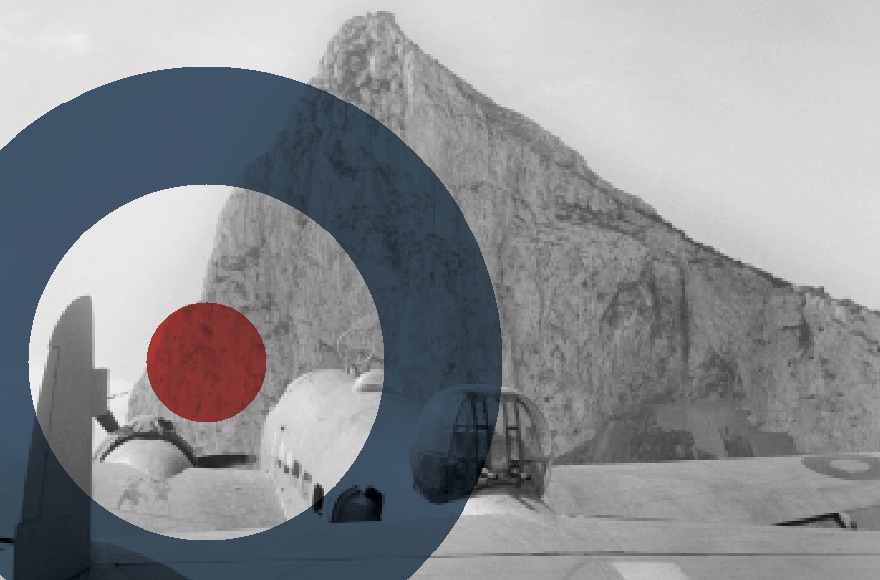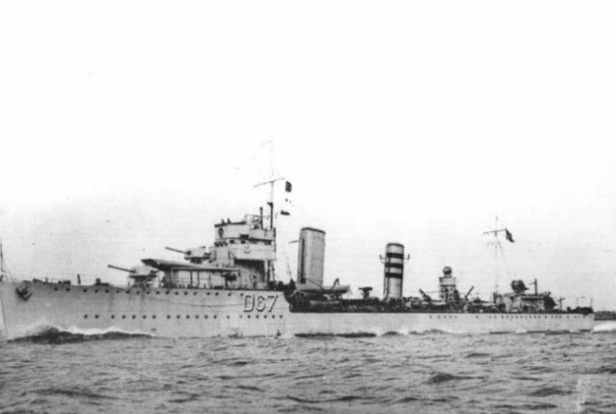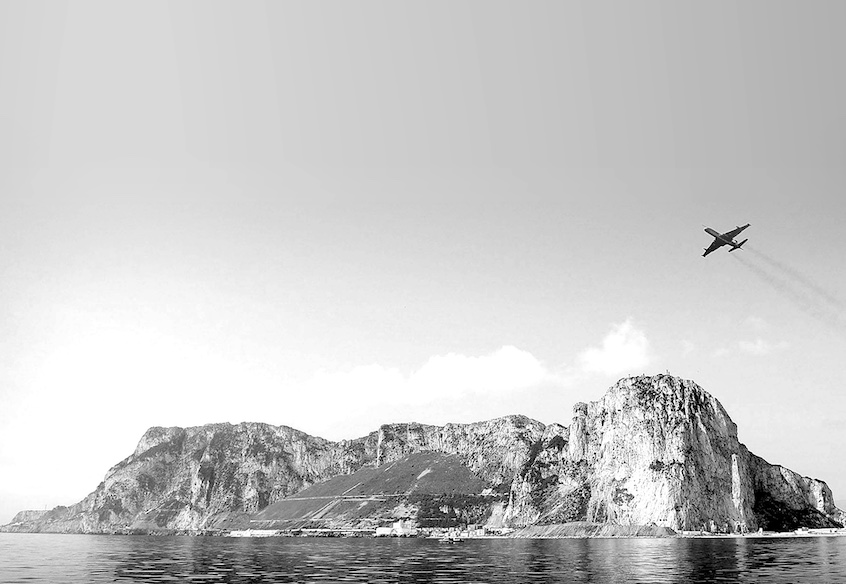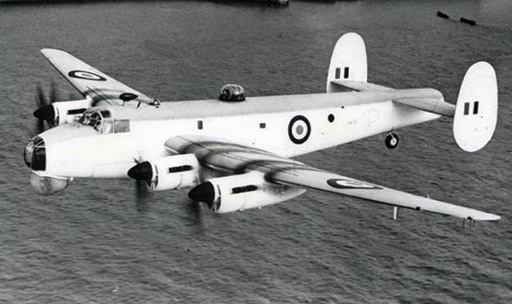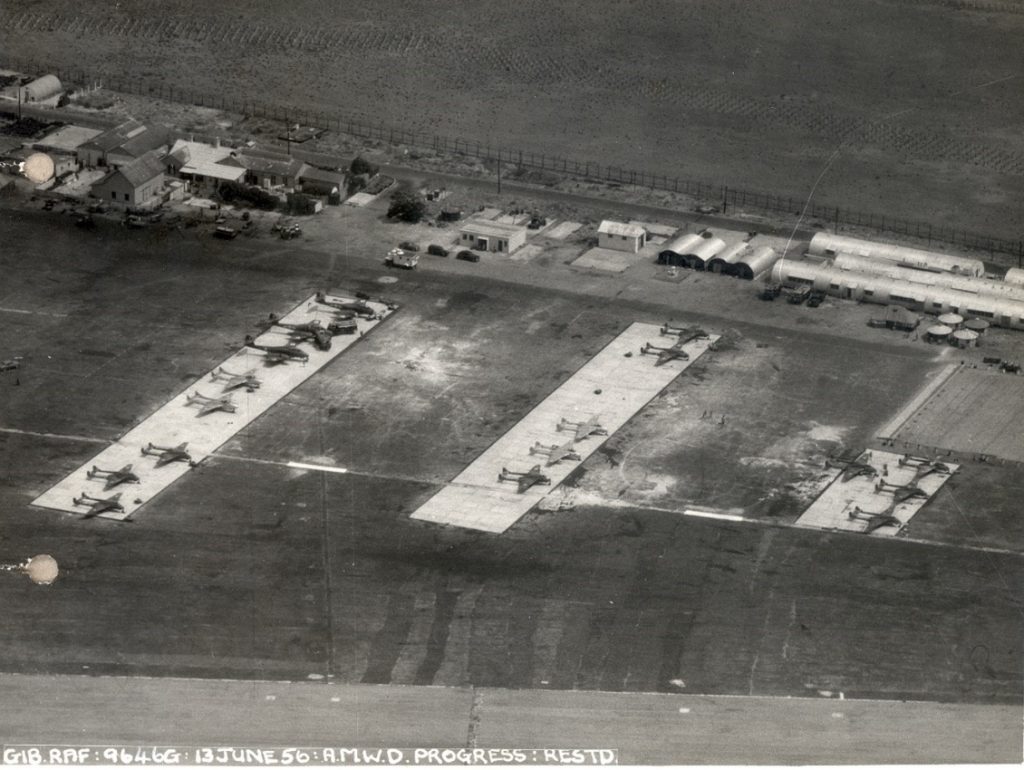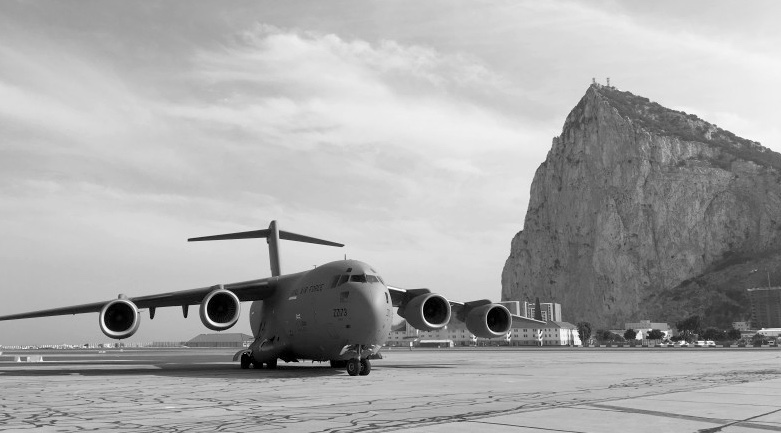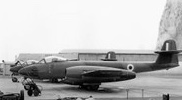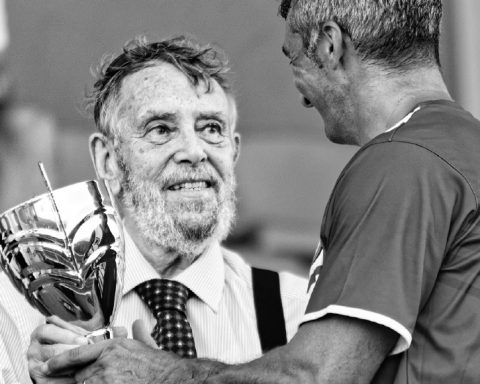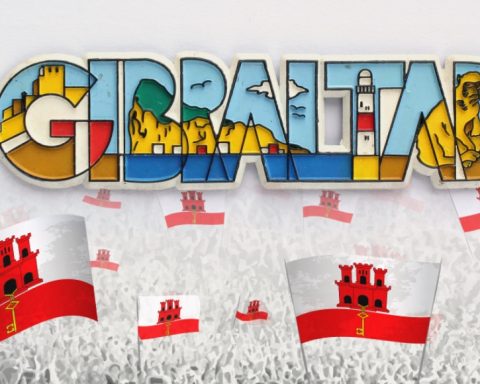U16 7
This submarine was scuttled off the Canary Islands following an attack by a Hudson AM931 (ZSW) of 233 Squadron on April 5th 1943, all 53 of the crew were picked up by the Spanish Coast Guard vessel Xauen. The submarine was raised in 1951.
U447
Sunk on May 7th 1943, by two Hudsons of 233 Squadron using depth charges in the Atlantic west of Gibraltar. 48 crew dead.
U755
Attacked by a Hudson of 500 Squadron, piloted by Squadron Leader Holmes DFC, 13 miles north of Alboran Island with three depth charges during the first attack and despite receiving flak in the port engine, continued the attack dropping a further two and then one anti-submarine bomb but survived. She was sunk two days later, on the 28th May 1943, north-west of Mallorca by a Hudson of 608 squadron using two rockets. Only nine crewmen survived having been picked up by the Spanish destroyer Velasco.
U761
Sunk on May 7th 1943, by two Hudsons of 233 Squadron using depth charges in the Atlantic west of Gibraltar. 48 crew dead. This U Boat was attacked and badly damaged by a combination of naval and aerial attacks. The U761 was spotted just north of Tangier and attacked with depth charges from a Catalina from 202 Squadron, a Ventura and two Catalinas from the US Navy and HMS Anthony and Wishart. The U761 was scuttled by her crew on February 14th 1944 resulting on nine dead and forty eight survivors.This is the last successful attack on a submarine in the Strait area in the war.
Throughout 1943, photo reconnaissance, meteorological and anti U boat patrols continued, and some sorties were carried out by 1404 flight, which was established to protect Gibraltar and the harbour using fighters. There were an average of 350 patrols each month.
With the increase of convoys through the Strait, the German Condors were causing problems, and Hudsons were not up for the job, so a detachment Beaufighter Mark X from 248 squadron were sent out to counter this menace.
By the end of the 1943, the war had moved away from Gibraltar is immediate vicinity, all the squadrons departed leaving 202 Squadron to hold the fort. By this time the runway had been extended to 1800 yards, an aircraft transiting through the rock rose to a peak of 6386 movements a month.
In January 1944 the present control tower had been completed and nick named “The Junction Box.” Traffic lights had been placed on each side of the runway to control traffic across from Spain, and an improved flare path was installed. A number of squadrons came and went over the next year or so depending on operational requirements, the Gibraltar Defence Flight 1404 remained until late 1944. There was however a burst of movement during the build up to the invasion of Southern France in early 1944, these movements were leaked to Spain as flights heading for the Far East via the east coast of Africa, movements on the runway was such that aircraft were being parked whenever there was room, most of these aircraft were USAAF Dakotas, this peak lasted until August 1944.
In September, 202 Squadron returned to Britain leaving one Catalina on the rock. By October RAF new camp came to an operational end.
With the arrival of the long-range U Boats fitted with snorkels, No. 22 Squadron assisted the U.S. Navy flying Catalinas and blimps.
In December 1944 two merchant ships were sunk by U Boats in the Strait so it was decided to send out in January 1945, 458 RAAF Squadron with Wellingtons fitted with Leigh Lights, that same month the SS Henry Miller, the French escort L’Enjoue and the SS Blackheath were attacked and sunk in the Strait. In February the tanker Regent Lion and the liberty ship Michael Stone was sunk. These were the last sinking was in the Strait.
On May 29th 1945 the area combined headquarters was closed down. In June 458 Squadron and in July 22 Squadron left Gibraltar. Metrological flights daily, continued carried out by 520 Squadron.
1945 the Area Combined Headquarters was shut down and most of the personnel sent home. Weather flights from Gibraltar were maintained at the end of the war by No. 520 Squadron RAF flying Halifax aircraft.
Although the signing of the peace with Japan saw the end of the Second World War this was soon followed by confrontations between Soviet Union and the remainder of the Allies.
No. 224 Squadron RAF. Initially dispatched a detachment in May 1948 with Halifax aircraft, but the whole squadron moved to Gibraltar in August 1951. It was re-equipped with Avro Shackletons MkI and in 1956 with MkIIs and stayed until 1966, when it was disbanded.
For a number of years following the end of the war Britain retained demobilised pilots as reserves. Every year these pilots would come to Gibraltar flying Vampires for exercises, with them would come target towing Meteors NF 9 operated by a private company, but flown by ex RAF pilots. Canberras were also often around. These pilots would flying sorties of around 20 minutes to half an hour shooting at targets towed by the meteors. At the same time, the local squadron of Shackleton Mark I and later Mark II of 224 Squadron flew maritime reconnaissance flights every day.
The United States had airfields in Morocco belonging to Strategic Air Command with B47’s. These aircraft were mainly based at Sidi Slemane. Nouaseur and Ben Guerir. Many U.S. Aircraft would visit Gibraltar on a regular basis such as C47 and P2V7 Neptune aircraft, most of these were Navy aircraft at the same time during the changeover of the U.S. Mediterranean Fleet many of the U.S. carrier aircraft would come into Gibraltar such as Cougars, Panthers, Sky Rays, Corsairs and AD4W’s. Hudson’s of the Portuguese Air Force also visited Gibraltar on occasions as did many French Air Force aircraft.
In the mid fifties the German Air Force was being reformed under the United States Air Force. Every month a flight of T33 aircraft of the Luftwaffe would arrive in Gibraltar under an American colonel as part of their final training.
On the British side Canberras, Javelins, Buccaneers, Hunters, Meteors, Vampires, Britannia’s, Comets, Hastings, Beverleys, Nimrods and many others. A frequent there visitor was the Avro Ashton carrying a third engine. This aircraft was a flying test bed usually flight testing new engines for aircraft under development.
The Royal Navy were also frequent visitors to Gibraltar in the year in the mid fifties and many of the aircraft carriers would land the aircraft on the Rock which would include Wyverns Gannets Seahawks and Seafires.
On one occasion a Seafire took off but the wing locks had not been removed, the aircraft was unable to gain height and landed on the roof of Blands workshop.
In another incident a Shackleton Mark IV, during a Battle of Britain display flew over the runway with the radar dome extended and flying on two engines demonstrating how they operate at sea, as he passed the Control Tower at about 100 feet when one of its engine’s shutdown and he crash landed on the runway. I understand no one was hurt.
A more serious accident occurred when a T33 of the Canadian Air Force, flying from France to North Africa had engine and radio trouble and landed in Gibraltar unannounced. Unfortunately there were still people crossing the road to Spain. The aircraft caught a man on a bicycle and he was killed instantly. I witnessed all three incidents.
North Front was kept on high alert throughout the cold war but was then gradually reduced to a staging post. It did however prove its value during the Falklands War.
Once in a while a flight of Hawks or Typhoons will arrive for an exercise, but this airfield is now a shadow of what it was.
Since this is a history of the RAF there has been no attempt to cover the development of civilian aircraft on the Rock.

